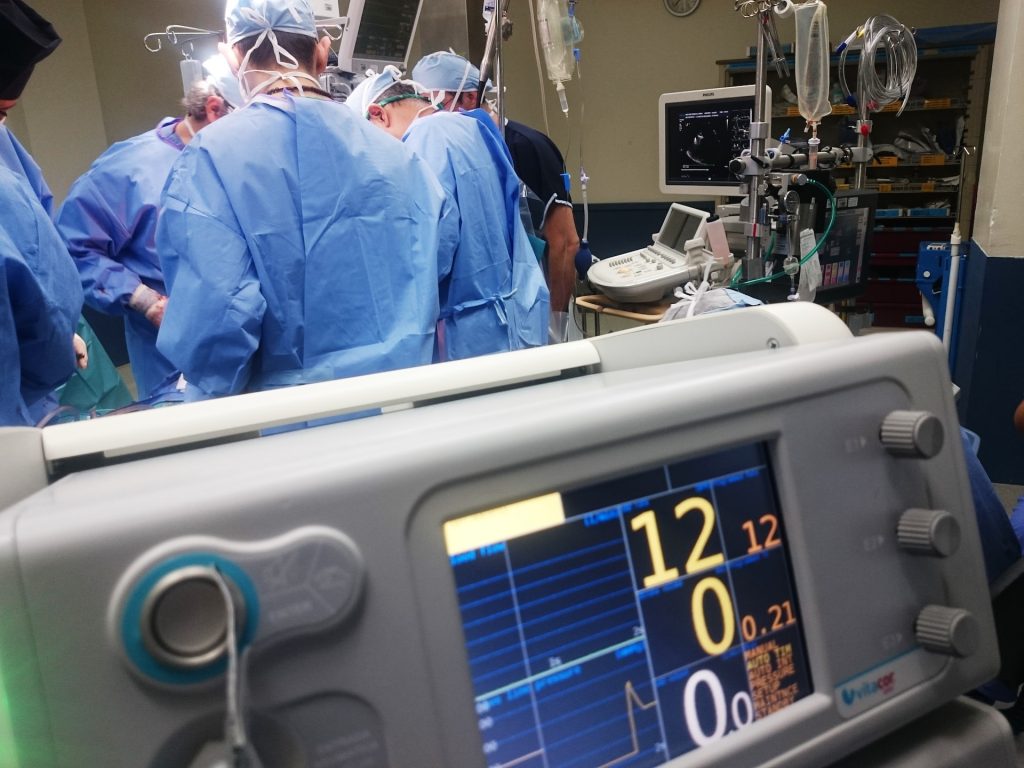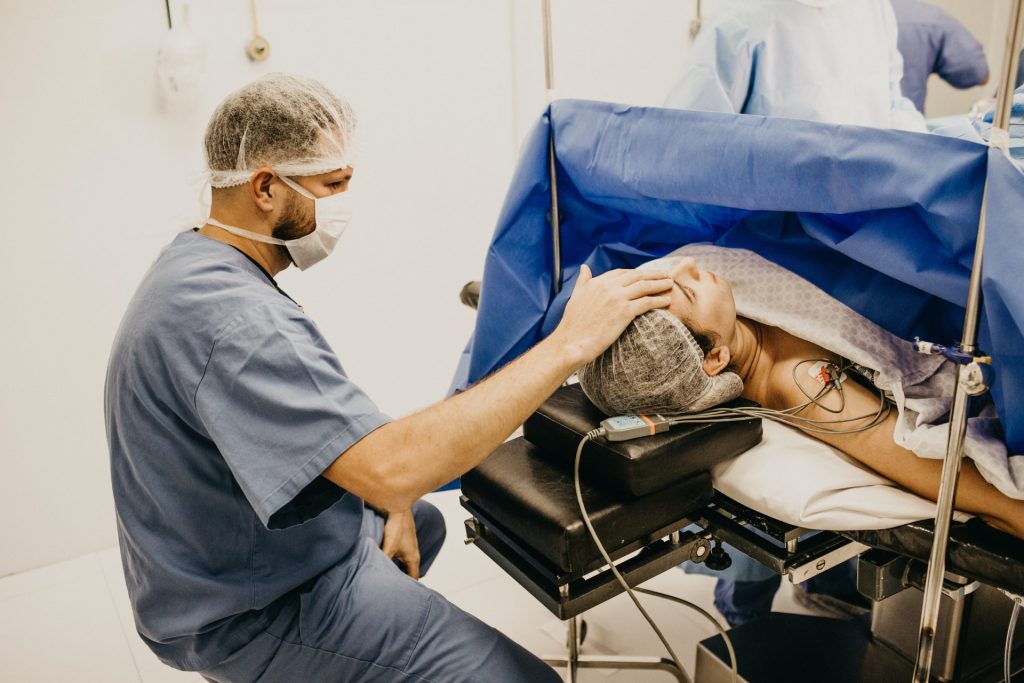Psilocybin Shows Promise in Treatment-resistant Depression

The largest and most rigorous clinical trial to date of psilocybin (a psychoactive ingredient in magic mushrooms), suggests the possibility that COMP360 psilocybin with psychological support could be a beneficial therapeutic strategy for people with treatment-resistant depression (TRD). The trial results were published in the New England Journal of Medicine.
Prompted by promising preliminary findings, this funded multi-centre, randomised, double-blind, phase 2b clinical trial was launched in 2018 to determine the safety and potential antidepressant effects of a single dose of COMP360 psilocybin (25mg or 10mg), compared to 1mg, with psychological support in people with TRD.
The trial, which included 233 people with TRD across 10 countries who received a single dose of 25mg COMP360 psilocybin experienced a highly statistically and clinically significant rapid reduction in symptoms of depression compared to 1mg at three weeks. This offers hope that COMP360 psilocybin with psychological support could be an effective antidepressant treatment paradigm for some people with TRD, if proven effective and safe in larger studies. COMPASS Pathways, the company that developed the psilocybin formulation., will be running a larger phase 3 programme of COMP360 psilocybin therapy in TRD, which is on schedule to begin in 2022.
KEY RESEARCH FINDINGS
- 25mg COMP360 psilocybin with psychological support led to a statistically and clinically significantly reduction in symptoms of depression in people with TRD compared to 1mg at week 3.
- 37% of people with TRD in the 25mg group met criteria for response at week 3 (≥ 50% decrease in depressive symptoms).
- Approximately 30% of people with TRD in the 25mg group met criteria for remission at week 3 (29.1%).
- 20% of people with TRD in the 25mg group met criteria for sustained response at week 12.
- COMP360 psilocybin was generally well-tolerated.
Dr John R. Kelly, Psychiatrist and Clinical Senior Lecturer, Trinity College said: “This is the largest and most rigorous clinical trial of psilocybin to date. It shows a promising antidepressant signal for 25mg COMP360 psilocybin with psychological support and has paved the way for phase 3 clinical trials, which will determine whether it translates into a much-needed complementary treatment strategy in the psychiatry clinic.”
Source: Trinity College Dublin





